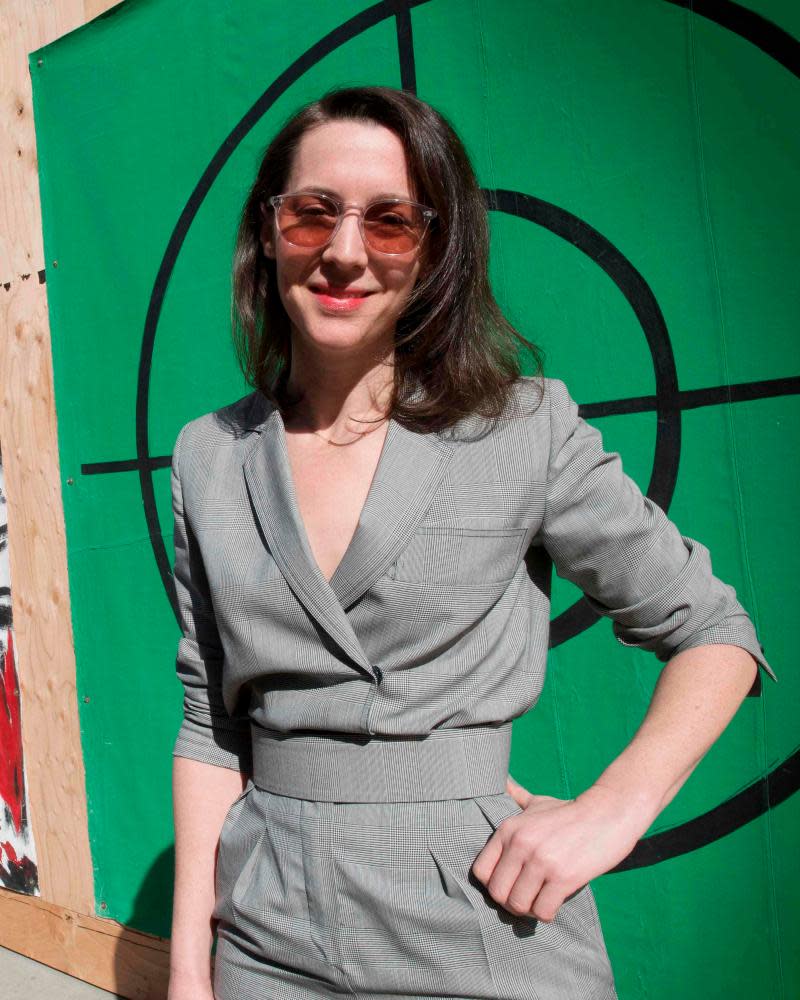'We should question it': galleries and museums uneasy about old masters
Towering figures of the art world, a Vermeer or a Rembrandt, are ranked above others for the powerful images they painted and their delicate understanding of materials.
In recognition of these skills such revered men, many of them Dutch, are known as old masters. But there is growing discomfort in Britain’s leading galleries and museums about the impact of this masculine term.
The influential head of Tate Modern, Frances Morris, has told the Observer of her dislike of the phrase “masters” as a sign of esteem. “I think we should question its use and what it tells us. I would like to see it replaced by something else,” she said.
A new exhibition, Women Modern Masters, which opens in Edinburgh next month, aims to use the word as a gender-neutral accolade, but has found itself in the middle of the controversy.

At the Scottish Gallery in Edinburgh, director Christina Jansen knows the title of her show, which was to have been a visual centrepiece of the city’s annual international festival before its cancellation in April, means she is in troubled waters.
“It is not intended to be gender specific, but using the word means I have walked into a trap,” Jansen said this weekend. “I think it is a positive thing to talk about the issue. This is a classic art history term and it would be sad to lose it. It is not meant to enrage anyone and in fact we are hoping to inspire and celebrate.”
One of the most high-profile uses of the term in the art world is in the title of the annual art market Frieze Masters. For Victoria Siddall, global director of all the Frieze art fairs, the choice of the word was deliberate when it was launched in 2011. “When we settled on the name of the fair it was with the intention of expanding the definition of ‘Masters’.
“We have striven to balance the genders and geographies of the artists presented, as well as to give a platform to artists whose work has been overlooked by history. At the same time, it could be argued that the word has become non-gendered over time – Artemisia Gentileschi is indisputably an old master.”
Yet the word does give Siddall pause for thought. “We have aimed to prompt discussion and conversation on what it means to be a ‘Master’ with this fair, but equally if a new term emerges we’d happily adopt it,” she said.
Related: We must confront racist history of UK parliament's art, says curator
Another postponed show, at London’s Wallace Collection, set to reopen next month, faces a similar issue because of the colonial implications of the word “master”. The exhibition of undervalued Indian painters is called Forgotten Masters and also hoped to use the term as a positive mark of equality. Curated by the cultural historian William Dalrymple, it showcases work commissioned by officials of the East India Company in the late 18th and 19th centuries. The billing promises to honour “historically overlooked artists including Shaikh Zain ud-Din, Bhawani Das, Shaikh Mohammad Amir of Karriah, Sita Ram and Ghulam Ali Khan and sheds light on a forgotten moment in Anglo-Indian history.”
For others who are campaigning to rid creative language of its sexist and imperial legacies, the decision to adapt the meaning of the word master is misguided, although it is embedded deep in English vocabulary.
The word derives from the Latin magister, which means chief or head, and has been used to describe authority in schools, in fox hunts, and on plantations. It is also the verb for gaining control of a skill or situation.
The online political magazine Shout Out UK, which describes itself as “the voice of the next generation”, considers it outdated. In January this year one article called for the word to be rooted out wherever possible, including its use to describe the main bedroom in a house. It has, it was argued, an “uncomfortable combination of hierarchical, racial and sexist connotations”.
At the Scottish Gallery, where Women Modern Masters is preparing to open, even if only as digital show, Jansen argues that the use of the word as a badge of accomplishment is the way forward and a useful marker of how far women artists have come.
“It was not that long ago that a woman was not allowed into a life drawing class, although she was allowed to draw a cow. And of course we still have a long way to go in many of our institutions,” she said.
“For me the term is totally gender neutral. And many women artists do not want to be considered in that way. They want to be simply artists and are not happy to even hang in all-women shows.”

 Yahoo News
Yahoo News 
